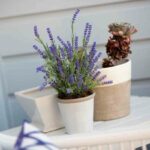Flies are annoying. There’s no getting away from that fact but they do play an important role in our ecosystems.
Without them, there’d be rotting organic matter everywhere we turned but since flies aid decomposition, there is something to thank them for.
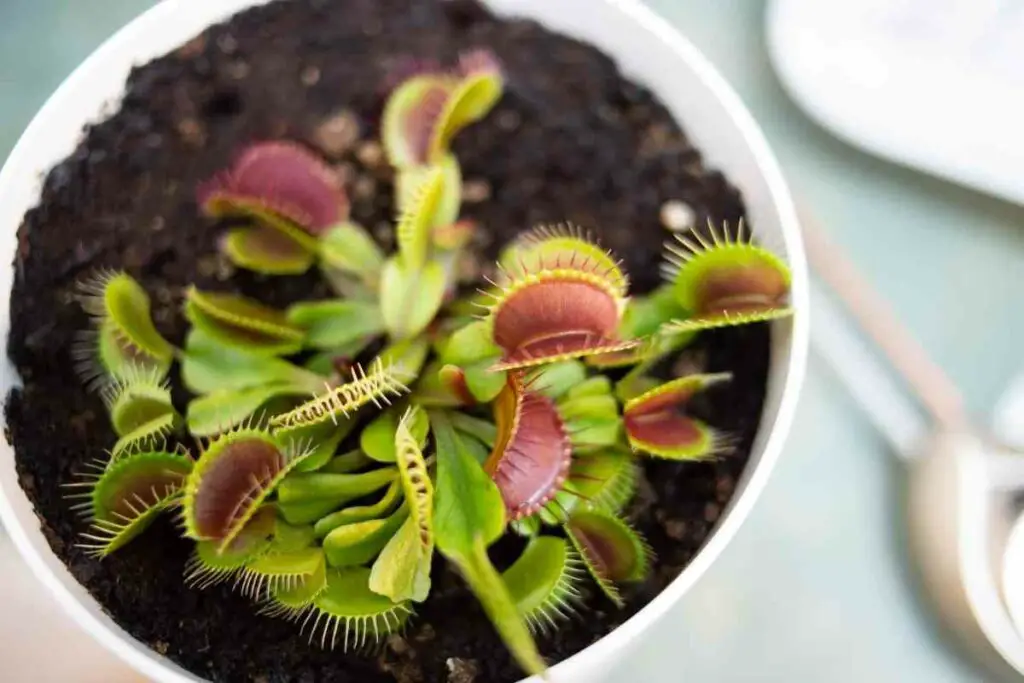
But that doesn’t mean we want them buzzing around the house left, right, and center.
In fact, without a superior fly screen, you’re bound to get a few flying visitors especially in summer. All is not lost though; there are plenty of indoor plants that repel flies.
You can place these around your home and their scent will keep those buzzing pests at bay. Here are some of the best plants that repel flies.
Table of Contents
1. Tansy
One of the best things about tansy is that it boasts gorgeous yellow flowers that are sure to bring some character to the inside of your home.
But much better than this, the scent of these flowers is more than enough to keep flies away.
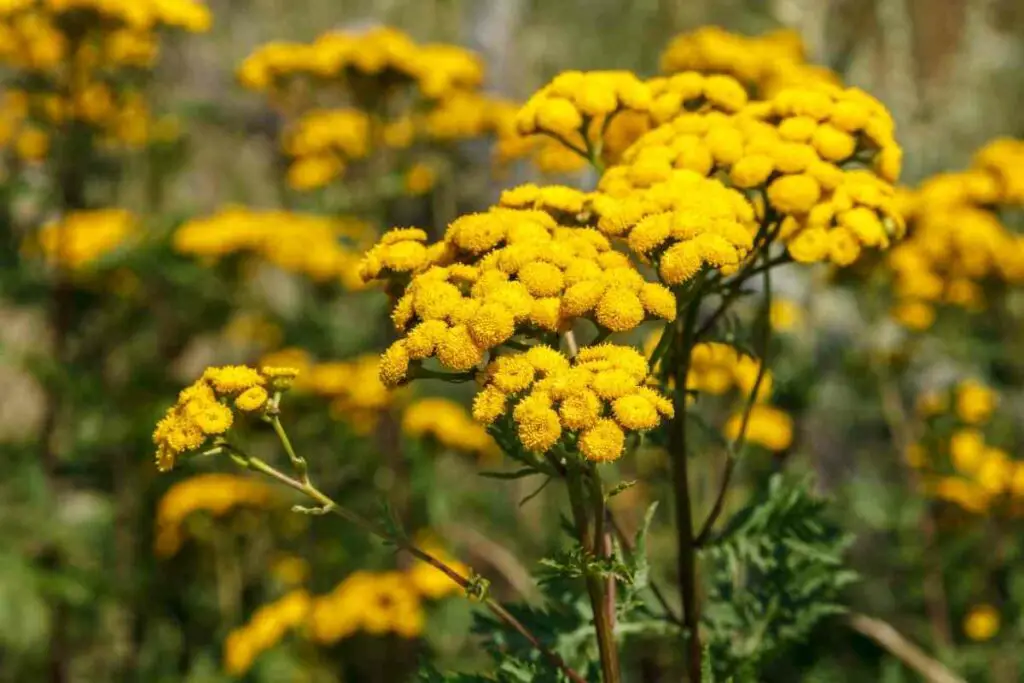
With a lot of highly scented plants, the leaves produce the smell but tansy is one of the few whose flowers are responsible for the aroma.
We mention this because, to get the plant to bloom, you need to make sure that you give it the very best care, especially when keeping it indoors.
Make sure that you regularly water your tansy and also provide it with a few hours of indirect sunlight every day.
It is a resistant plant that will take a degree of neglect but if you don’t care for it well, you won’t get the flowers.
Unlike a lot of the plants we will discuss on this list, tansy cannot be used as a herb.
In Fact – This plant is known to cause skin irritation so it’s probably not a wise choice if you’re very sensitive or have pets or children that might accidentally come into contact with the plant.
2. Citronella
When you think of a plant that is renowned for repelling insects, you think of citronella.
While this is primarily used in the fight against mosquitoes, citronella is also perfect for tackling other types of flies.
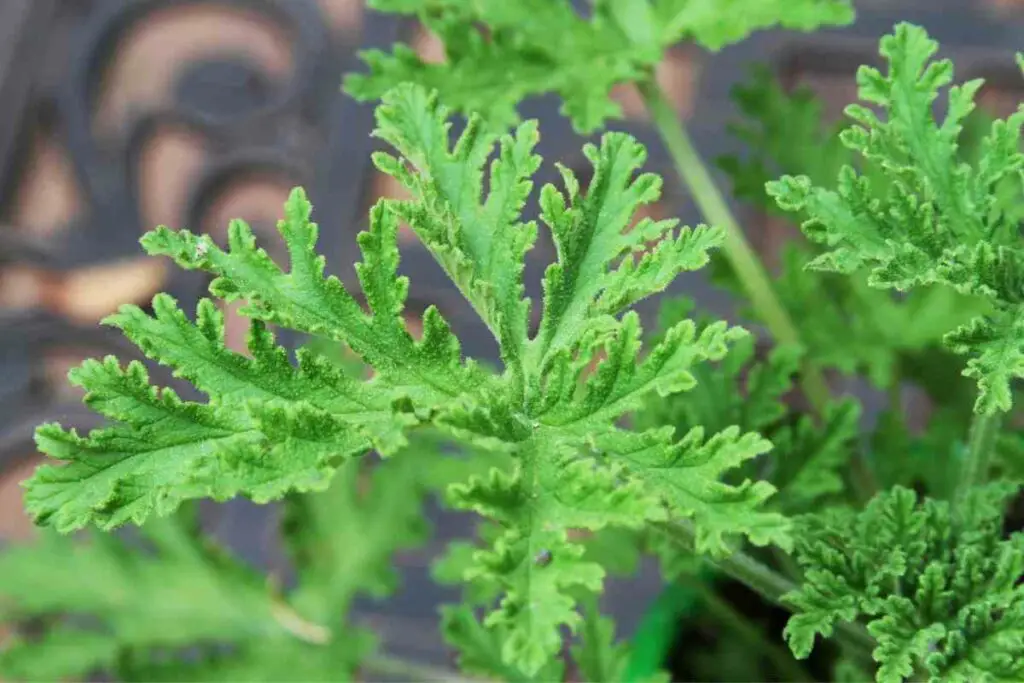
The problem is that they’re hard to come by and not often kept as a houseplant. You may find citronella on sale at garden stores and the like but it’s often not true citronella.
To identify it, look for long leaves that are more grassy looking.
Many people confuse citronella with the scented geranium but the key giveaway is that this plant has leaves that look a lot more like parsley.
It does give off an aroma but it’s nowhere near as strong or effective as citronella.
3. Chrysanthemums
You might usually grow chrysanthemums outdoors but they’re also ideal as a houseplant and are beneficial in many ways.
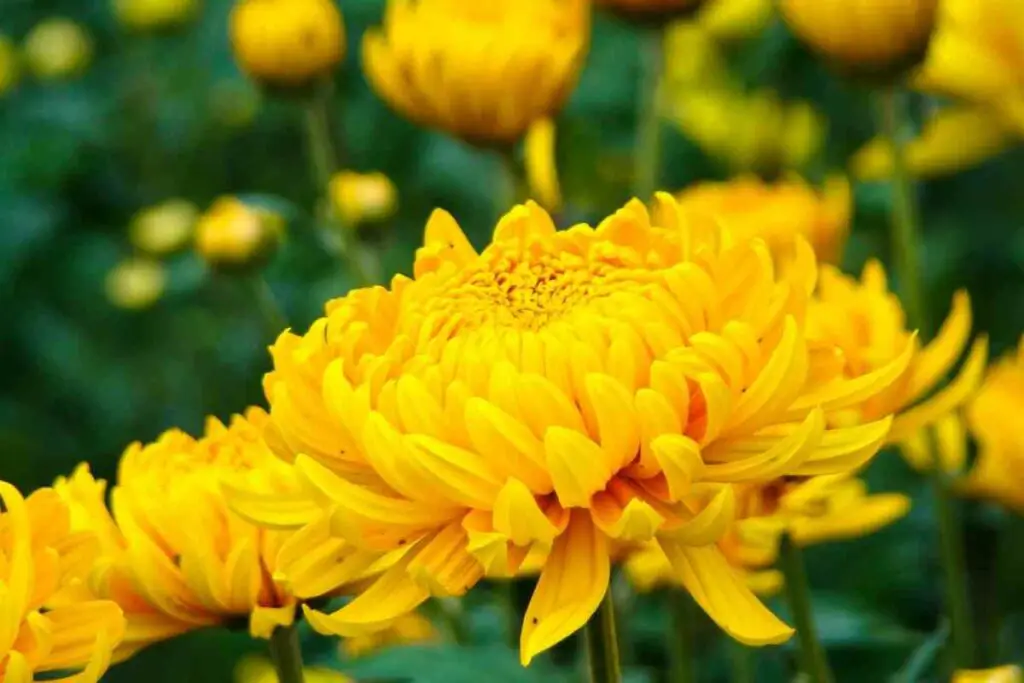
Of course, we wouldn’t have included them on this list if it weren’t for the fact that chrysanthemums are excellent at repelling flies but they’ll also keep ants, ticks, lice, roaches and many other creepy crawlies at bay.
What’s More – They are really beautiful when they flower and add a nice pop of color to a room. Chrysanthemums are also brilliant at purifying the air in your home.
4. Basil
If you love cooking then there’s a good chance you’ll already have some basil but keeping it in the house is the best place for it if you’re trying to ward off flies and other insects.
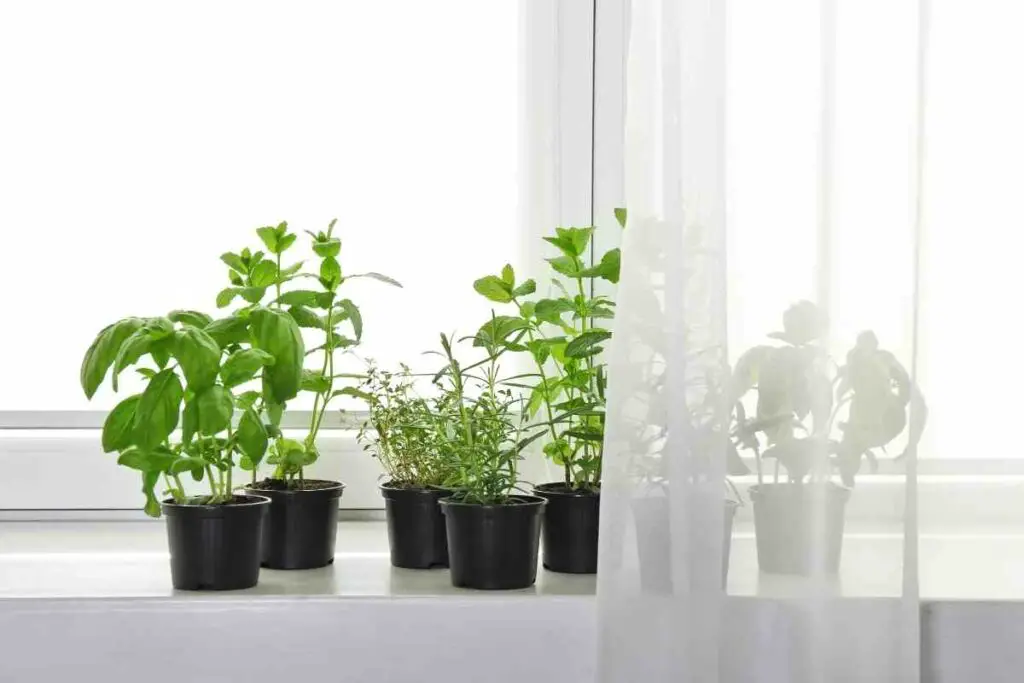
You can pop a pot or two of basil near a window or a doorway and this should be enough to stop flies from entering as they can’t stand the smell.
What we love about basil is that there are so many different types; each with their own scent so you can find something that appeals to your cooking style.
Basil is also incredibly easy to take care of and requires very little work. When established, the plant will also repel other insects like spiders.
5. Lavender
There aren’t many people that are offended by the smell of lavender, but a lot of flies really don’t like it.
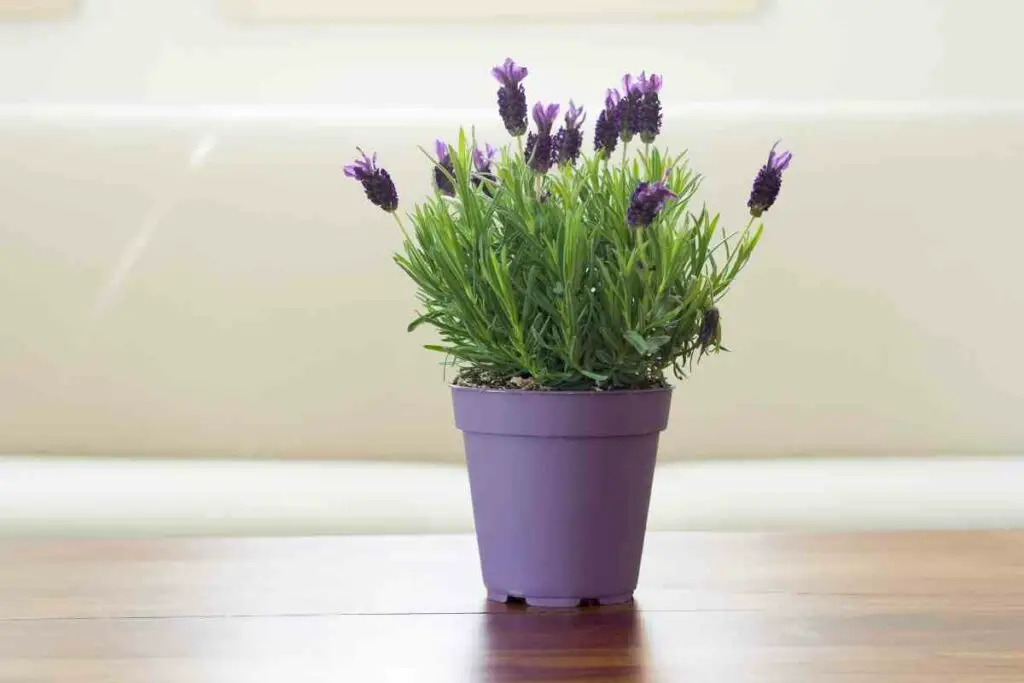
If you want a highly fragranced plant in the home then lavender is always going to be a good idea but do keep in mind that this one might not be suitable for people who are a little more sensitive or suffer with allergies.
Lavender can be kept on a sunny windowsill and will keep out flies, beetles, and other pests. It’s also excellent for bringing out onto the patio when you eat outdoors as it’ll repel pesky mosquitoes.
6. Rosemary
Another great indoor plant for the foodies among you is rosemary.
Not only will this do a great job at keeping flies out of the home but it’s also brilliantly versatile when it comes to cooking.
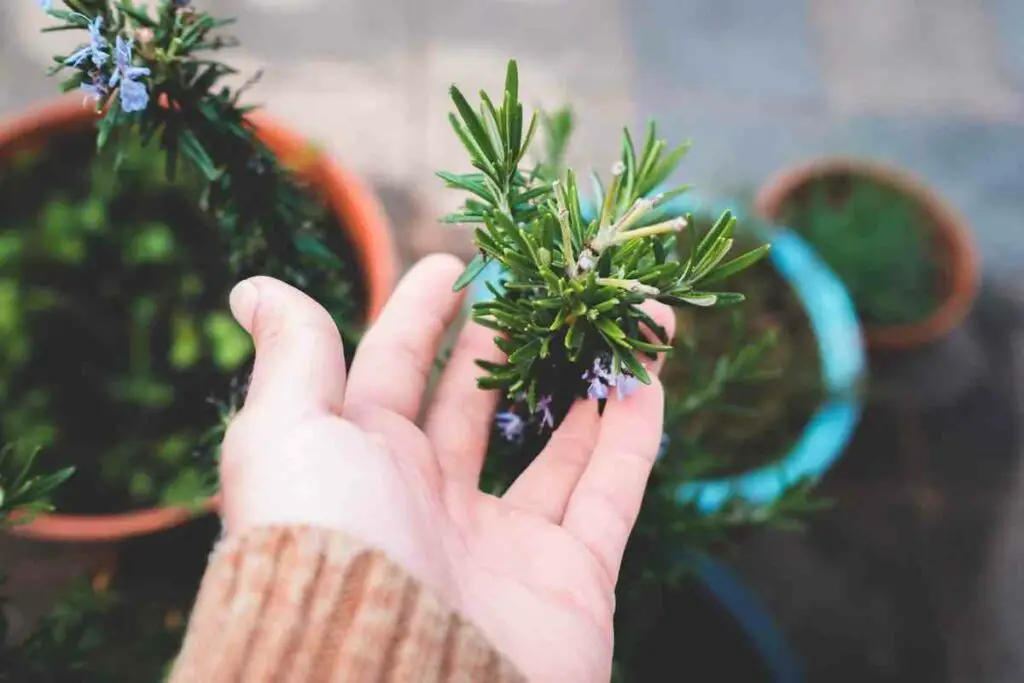
Rosemary has a very potent flavor and an aroma to match which flies hate but is pretty pleasing to the human nose.
It’ll keep away all kinds of flying bugs including mosquitoes, midges, gnats, and the common housefly.
7. Sweet Woodruff
You would normally see sweet woodruff growing on the ground in the garden but it is possible to transfer it to a hanging basket and keep it just outside the doors of your home.
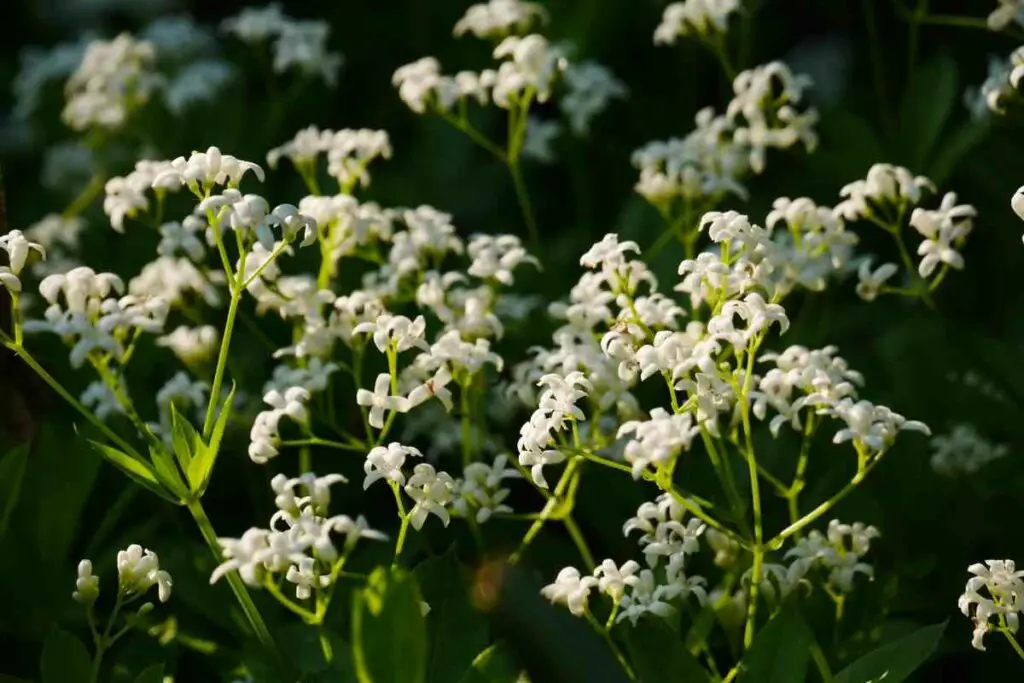
It features small white flowers and long tendrils that not only work in the battle against flies but are also beautiful to look at.
What most people really love about sweet woodruff, however, is how easy it is to look after.
Just make sure that it has enough water that the soil doesn’t dry out and the plant is placed in indirect sunlight.
8. Mint
Mint is another plant that’s often seen growing in the garden but you can certainly bring it inside and have it as a houseplant.
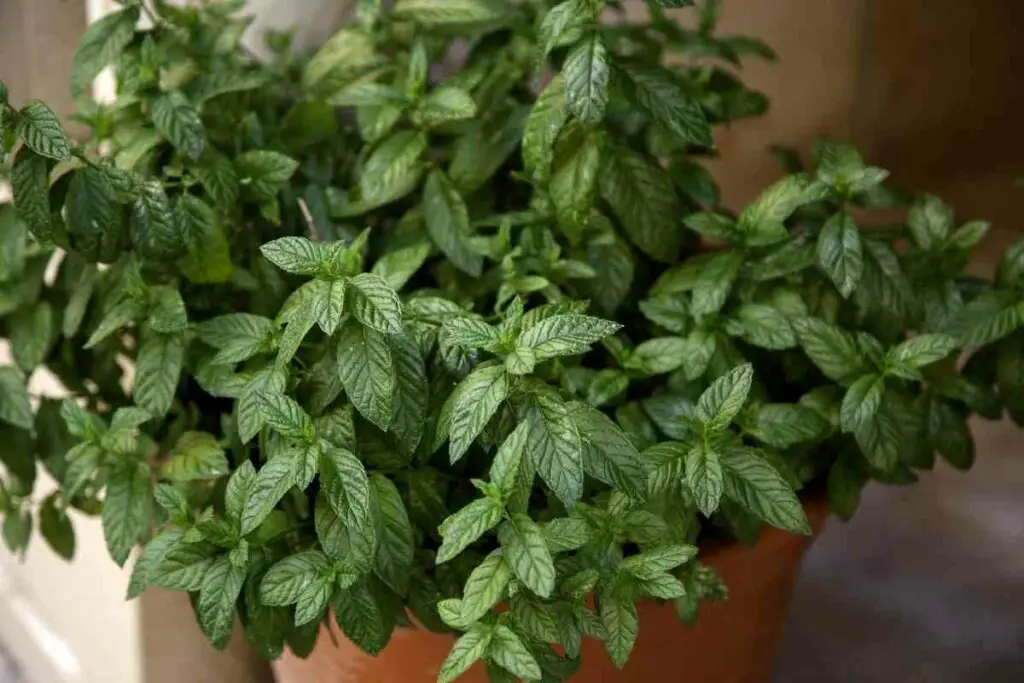
Do keep in mind that mint does grow very rapidly and can get rather large. You’ll need to make sure that you have the right sized pot and the space to accommodate it.
Moreover – Growing mint indoors can be tricky if there isn’t enough light as the plant will want at least four hours of sunlight a day.
Make sure to also water the plant as soon as the soil becomes dry to the touch.
If you want to avoid the mint plant getting too big then you can prune it.
What’s great is that the leaves can be used in cooking and for making herbal teas. Otherwise, the strong scent of this plant will work very well for those looking for a way to repel flies.
9. Marigold
Marigolds have a beautiful yellow flower which is a great way of adding a splash of color to your home.
On top of this, they’re very effective at keeping flies and other insects at bay. If you have a problem with whiteflies then marigolds will work particularly well.
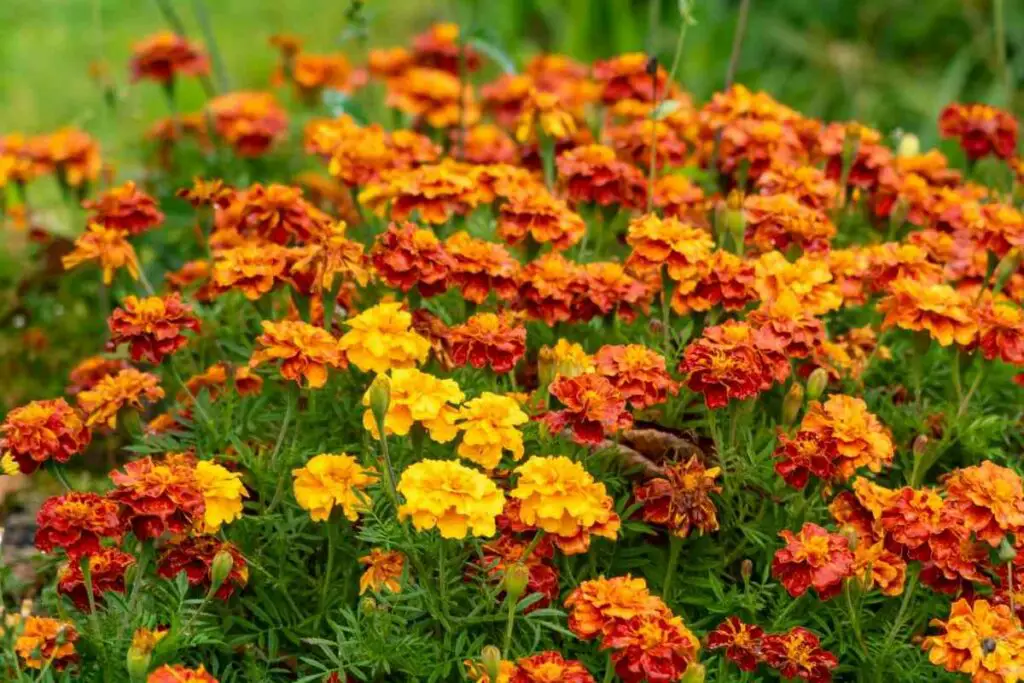
Normally, these plants would be reserved for the garden but it’s more than possible to grow them indoors when you provide them with the right care.
Make sure that they get enough light and are kept somewhere consistently warm. It is OK to allow the soil to dry out a little between watering but don’t leave it too long.
10. Venus Flytrap
When we’re talking about repelling flies, it goes without saying that the venus flytrap is one of the best for controlling fly populations.
These plants are pretty special in terms of care as they have very unique needs but it’s more than possible to keep them as houseplants.
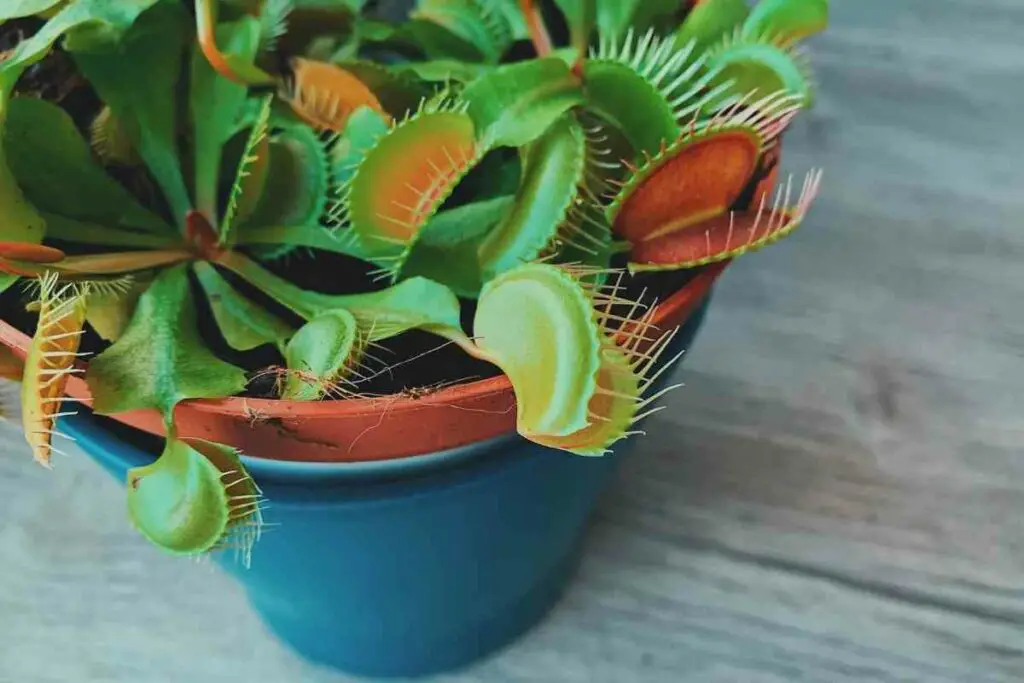
Not only will they catch flies but they’re unique appearance makes them perfect as a green focal point of a room.
Make sure that the soil is acidic enough as these plants thrive in acidic soil.
What’s more, the venus fly trap enjoys a humid environment so it’s important to make sure you can provide this; misting your plant is essential.
In the wild, these plants grow in shaded locations so it’s vital that you keep it out of direct sunlight.
Conclusion
While flies are annoying, they are important so we won’t wish them away entirely.
However, we will respectfully ask that they remain outside where they belong.
Since flies don’t understand that request, we have to take matters into our own hands and get creative by using plants that repel flies.
There are lots of indoor plants that have a strong scent that will deter flies and other insects.
These include culinary herbs like basil and rosemary as well as pretty flowering plants like the marigold.
- How to Dry Basil Leaves: A Professional Guide
- Is an Avocado a Fruit or Vegetable? Simple Answer and Explanation
- Does Pineapple Have Seeds? Exploring the Anatomy of Pineapples
- Blooming Through Winter: Can I Grow Vegetables Indoors in the Winter?
- What Can You Grow in a Greenhouse All Year Round: A Guide to Year-Round Greenhouse Gardening
- Are Blueberries Blue? Debunking the Myth of Their Color












